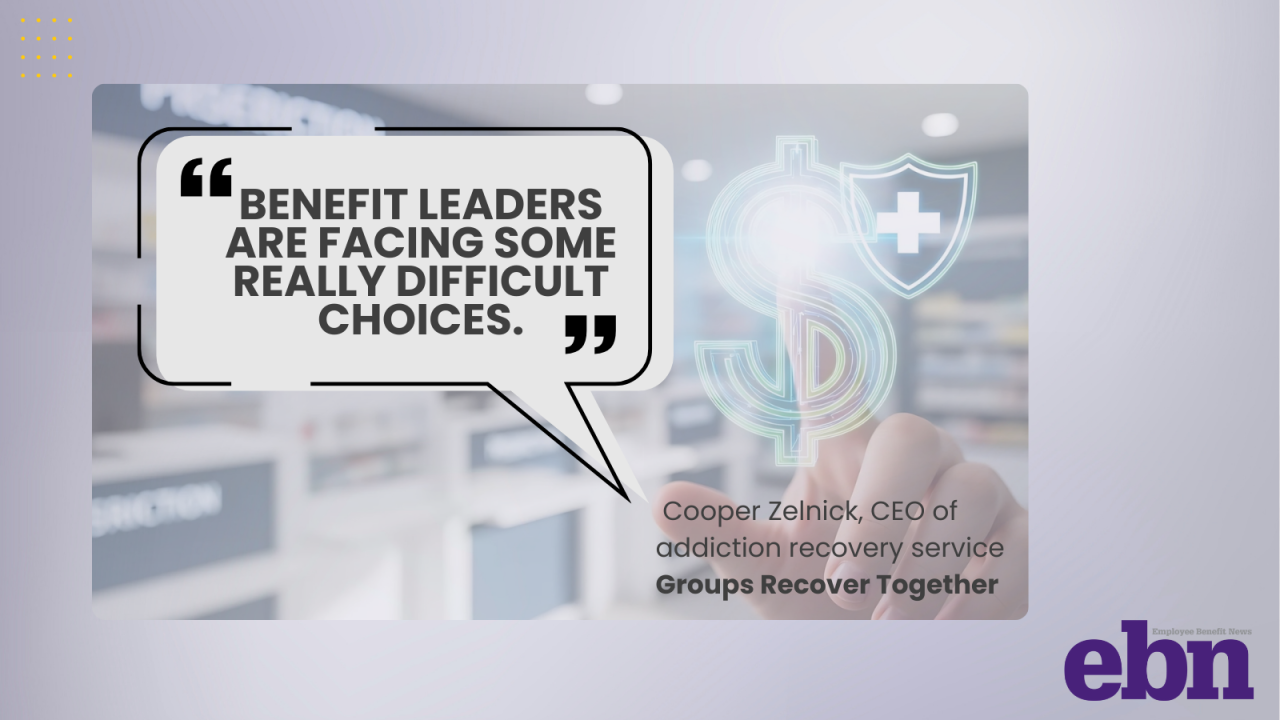In some ways, human resources professionals have been slow to adopt some of the cutting-edge techniques that have made other industries more nimble.
No more. As their tasks become more complex — including managing payroll, benefits, time off and
Here are three big technology trends infiltrating the human resources field that all HR pros should be aware of.
Artificial intelligence
AI technologies have already disrupted several industries, and HR is starting to experience this as well. AI is impacting job performance reporting and analysis, and is also being used by payroll managers who want to make their organization’s global compensation process more cost-effective with a quicker turnaround time.
In addition, recruiting managers are using AI to bypass the time-consuming early stages of the candidate screening process. For example, a

Although AI in HR is still in its infancy, starting out as algorithms that follow rules (if X, then Y) to make recommendations or take actions, it’s getting smarter. More practical applications will soon start to appear in the industry and future applications of AI could even help companies suggest what interview questions to ask by analyzing the data of employees who are already excelling in the organization and comparing these attributes with those in the candidate pool.
Blockchain
What is
See also:
It also holds huge promise for payroll and other departments that require document certification. Since blockchain records cannot be tampered with, many feel it’s the best way to avoid fraud in HR and keep sensitive data safe. It’s a powerful tool that users find reliable and easy to navigate, and experts predict HR will begin frequently using blockchain within the next 12-18 months.
Employee analytics
Employee “pulse check” surveys have been around forever, but HR departments are now collecting and analyzing data to gain essential business insight. The tools used for data collection also are increasingly sophisticated — some are even able to capture real-time performance data and provide timely feedback that improves engagement. HR can also use this data to recognize red flags of performance and predict which employees fall in the highest flight risk category.
HR managers are seeing the benefit of using anonymous survey tools to gather information from their employees for a deeper understanding of their staff’s feelings and pinpoint any areas for concern. This data enables HR departments to develop new initiatives that bolster the





